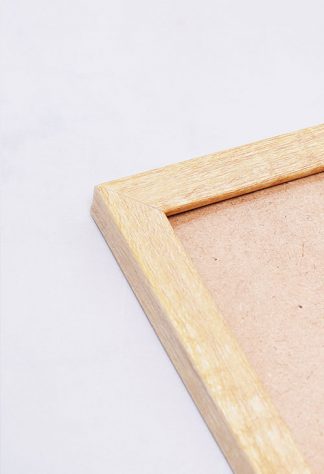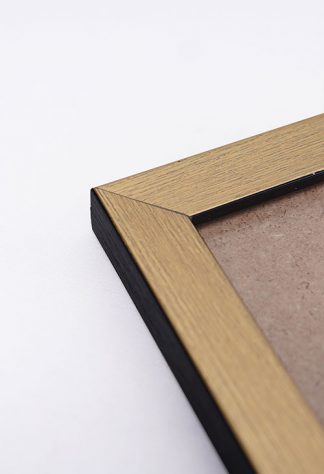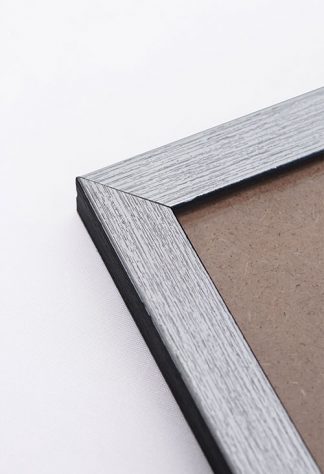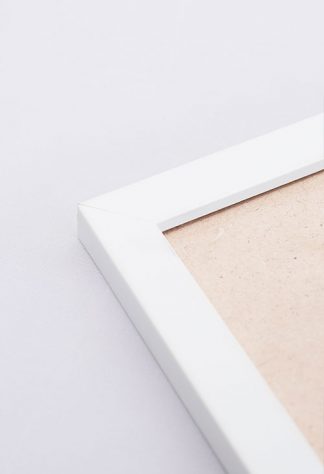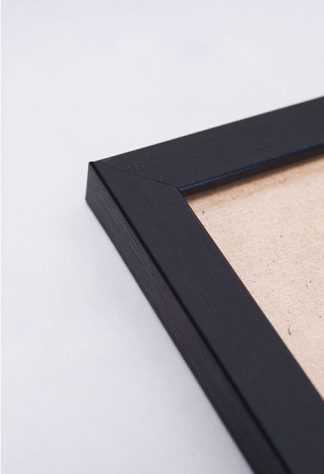The Elements of Interior Design
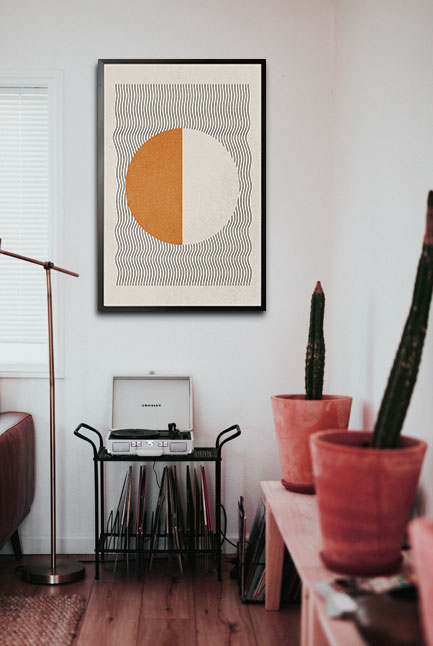
There is more to painting the walls and adding furnishings when it comes to interior design. Interior design is not just about making any space attractive. It is actually both art and science. It is important to note that when decorating any living space, the reaction of the body and mind matters a lot. As such designers employ skills and techniques that will reshape how we perceive living spaces. In this case, the elements of interior design are integrated to successfully achieve the appearance that will be loved by your family and friends.
Space
One example of smart utilization of space in interior design is the “open concept” floor plan. This design focuses on the balance between negative and positive space. Negative space is about an empty space giving a room a lofty and open feel. While positive space is the space filled with decors such as furniture pieces and other decorative items. Walls are removed in this concept that makes the brain feel like the space is bigger in contrast to when the walls are present.
Lines
Another important element are lines (horizontal, vertical, and dynamic). Horizontal lines give any room a tranquil and peaceful feel. They make the space feel wider and more expansive. However, too much use of horizontal lines makes the space feel dull and boring. Vertical lines, on the other hand, draw the eyes upward. Too much, though, can cause people to feel confined.
Dynamic lines suggest movement and stimulation. These lines encourage the eyes to move in the direction of the line. Examples are zigzag, angular, and curved lines. Offer different movements or effects on the feeling of a room. They provide energy and life to the whole room and examples are zigzag and angular lines. Curves and smooth lines add balance and smoothness.
Pattern
Patterns are a collection of lines and forms. Just like shapes, they highlight certain parts of the room such as stairs, ceiling, and walls. These can be achieved with the display of posters, the installation of wallpaper, picture frames, or pillows.
Light
Light can set the right mood in your rooms. Natural light can represent warmth and happiness. It can show the natural beauty of paint colors and highlight furniture pieces that you want to feature. Place them near windows or doors to allow them to be illuminated with natural light. Regulate the entry of natural light with curtains, shades, or drapes.
Artificial lighting, on the other hand, can be added if natural light is not enough. They can be used to highlight a particular piece of art, poster, or wall art. Examples of these are task lighting, accent lighting, and ambient lighting.
Color
Colors evoke certain messages and moods as the brain reacts to the different colors inside a room. Certain colors produce the desired effect that you want for your home. Both cool and warm colors evoke different kinds of feelings. Green, for instance, suggests tranquility and peace. As one of the cool colors, green also evoke an atmosphere of relaxation and calmness. Warm colors like red, on the other hand, promote activity and stimulation. Red stimulates hunger, while purple represents royalty.
Texture
There are two types of texture: actual and visual. The actual texture shows how a material truly feels. Like the smoothness of silk and the toughness of leather. Visual texture is how something appears to feel to your eyes. Posters and other wall coverings feature images that make the eyes perceive of having the real deal. For example, posters or wallpaper that feature stone can give an illusion of stones on the wall.
